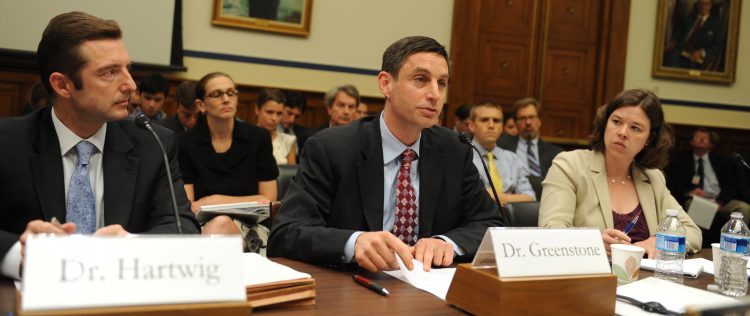The winds of change are blowing.
I’ve alerted you too many times to count that the energy industry is changing rapidly and is nearing a tipping point. Actually, given the current situation, may have been pushed permanently beyond the tipping point and into a new reality.
Here’s some more evidence of how the rapidly evolving future is currently unfolding.
“The offshore wind industry is maturing rapidly. Last year set a record for turbine order capacity of $78 billion, the firm noted in a study yesterday.”
“The writers characterize the current era as transformational for wind.”
“Wind has a low return — but it’s also low risk. And, unlike oil, wind has the backing of governments, a stabilizing factor in the investment arena.”
“”Any investment in the oil and gas sector is now subject to ‘energy transition risk,’ which encompasses falling demand for oil, the potential cost of the carbon intensity of assets, and more,””
“while investors in the offshore space are still largely focused on the supply chain for offshore oil and gas, that’s likely to change due to climate risk and pressure on the traditional energy sector”
Climate Risks Shifting Investors from Gas to Wind
Heather Richards, E&E Reporter
Friday March 6, 2020
Offshore wind is beginning to attract traditional oil and gas investors as climate change swells the long-term risks for the sector, according to two energy experts at Wood Mackenzie.
The offshore wind industry is maturing rapidly. Last year set a record for turbine order capacity of $78 billion, the firm noted in a study yesterday.
But while investors in the offshore space are still largely focused on the supply chain for offshore oil and gas, that’s likely to change due to climate risk and pressure on the traditional energy sector, Wood Mackenzie’s senior offshore wind analyst, Søren Lassen, and principal upstream supply chain analyst, Mhairidh Evans, said in the analysis.
“Any investment in the oil and gas sector is now subject to ‘energy transition risk,’ which encompasses falling demand for oil, the potential cost of the carbon intensity of assets, and more,” they wrote.
Wind has a low return — but it’s also low risk. And, unlike oil, wind has the backing of governments, a stabilizing factor in the investment arena.
Offshore wind shows tremendous potential in deep water globally — it could be the largest supplier of power to Europe by 2040 and has the potential to power the globe’s existing electricity demand 11 times over, according to the International Energy Agency (Energywire, Oct. 25, 2019).
Offshore wind is currently “clustered” in familiar plays for oil in Europe, South Asia and, increasingly, North America.
These are “mature, well-established upstream areas they already know well,” the analysts wrote. “It’s conceivable that there will be a point of convergence in those regions in the 2020s where offshore wind investment will match oil and gas.”
The writers characterize the current era as transformational for wind. Everything is getting bigger: Projects, and groupings of projects, will grow by more than 60% in the next few years, and supply chain firms are consolidating to meet this upscaling.
Even the oil majors, the analysts note, are interested in investing in wind.



